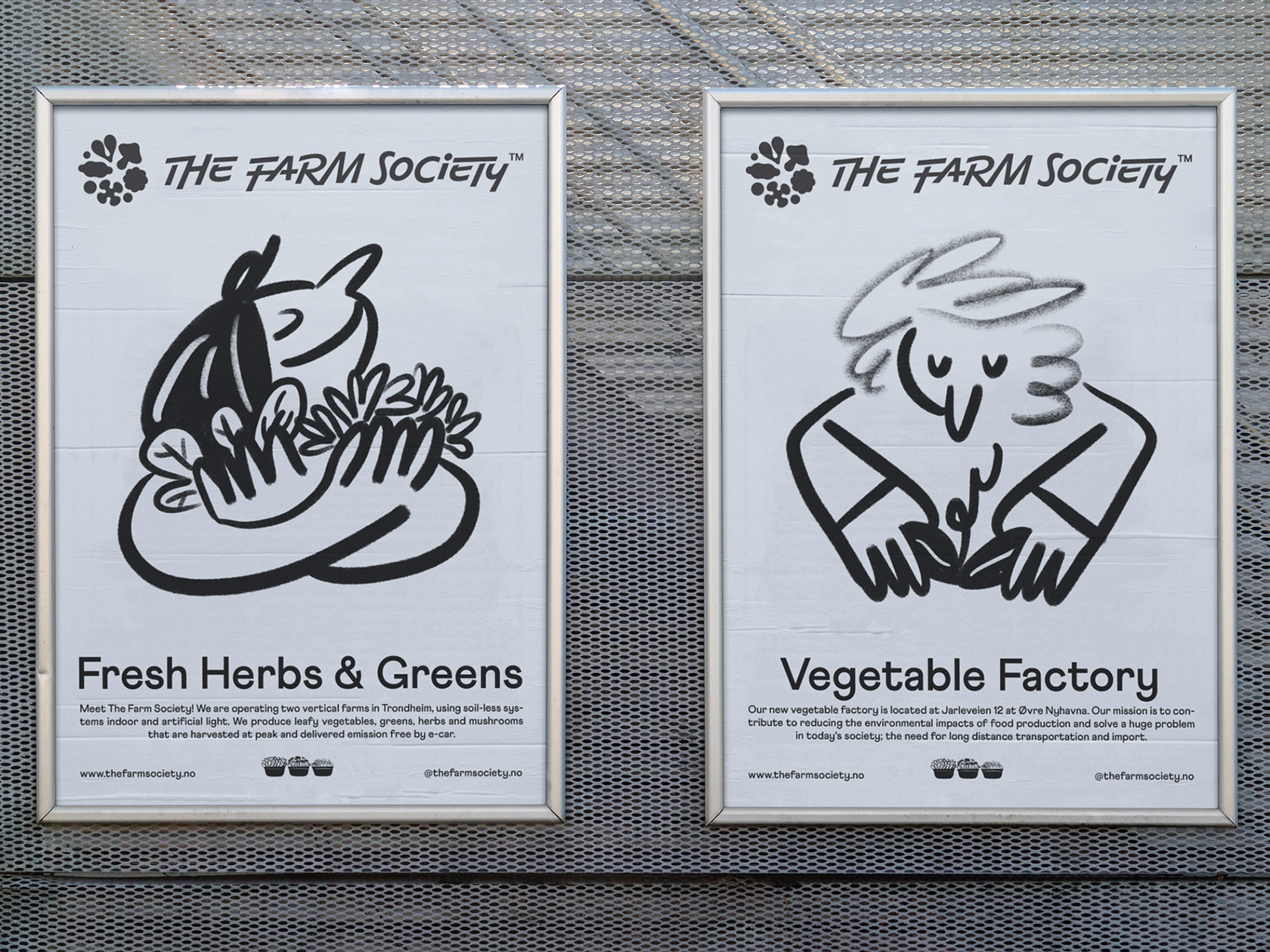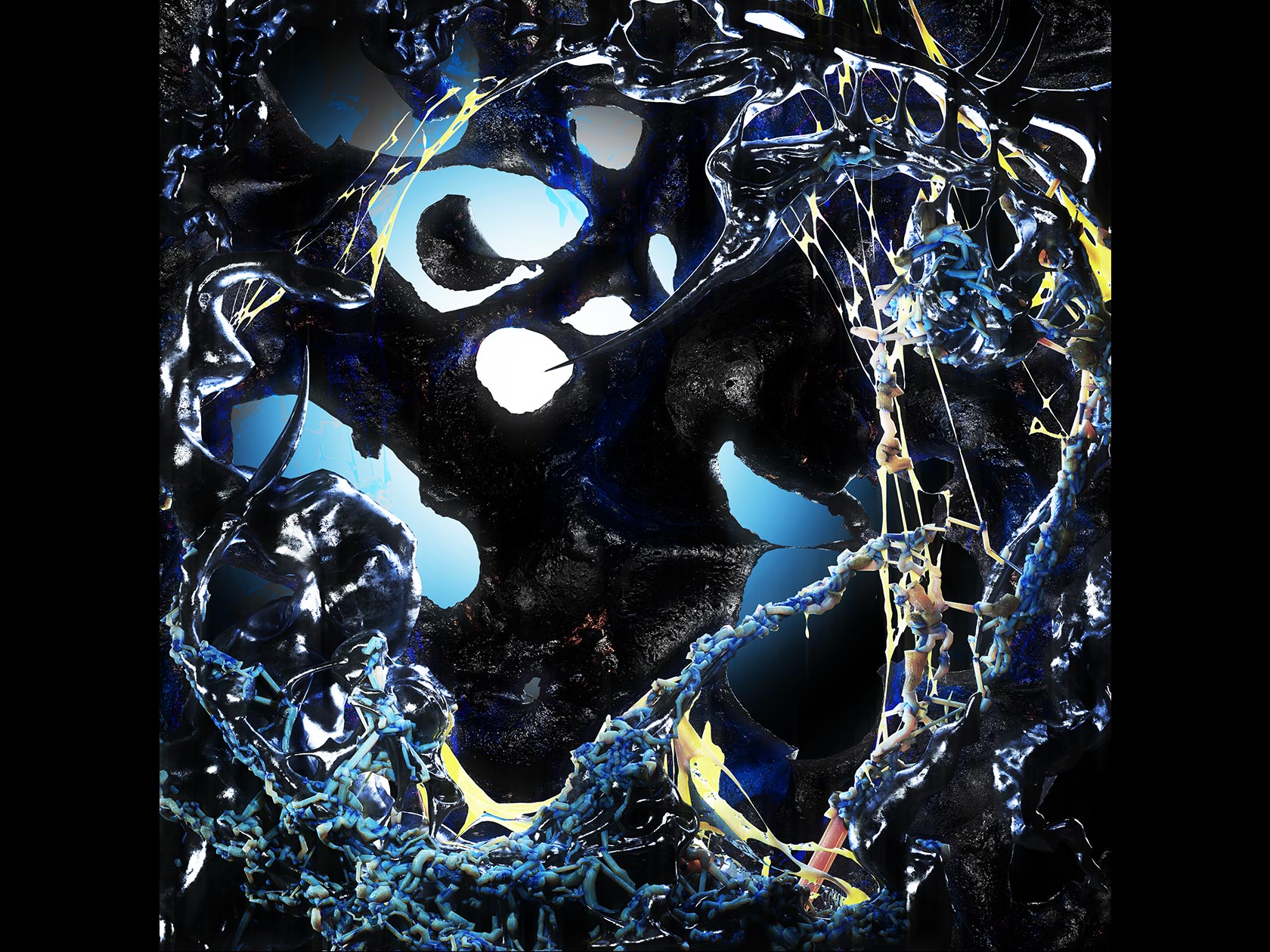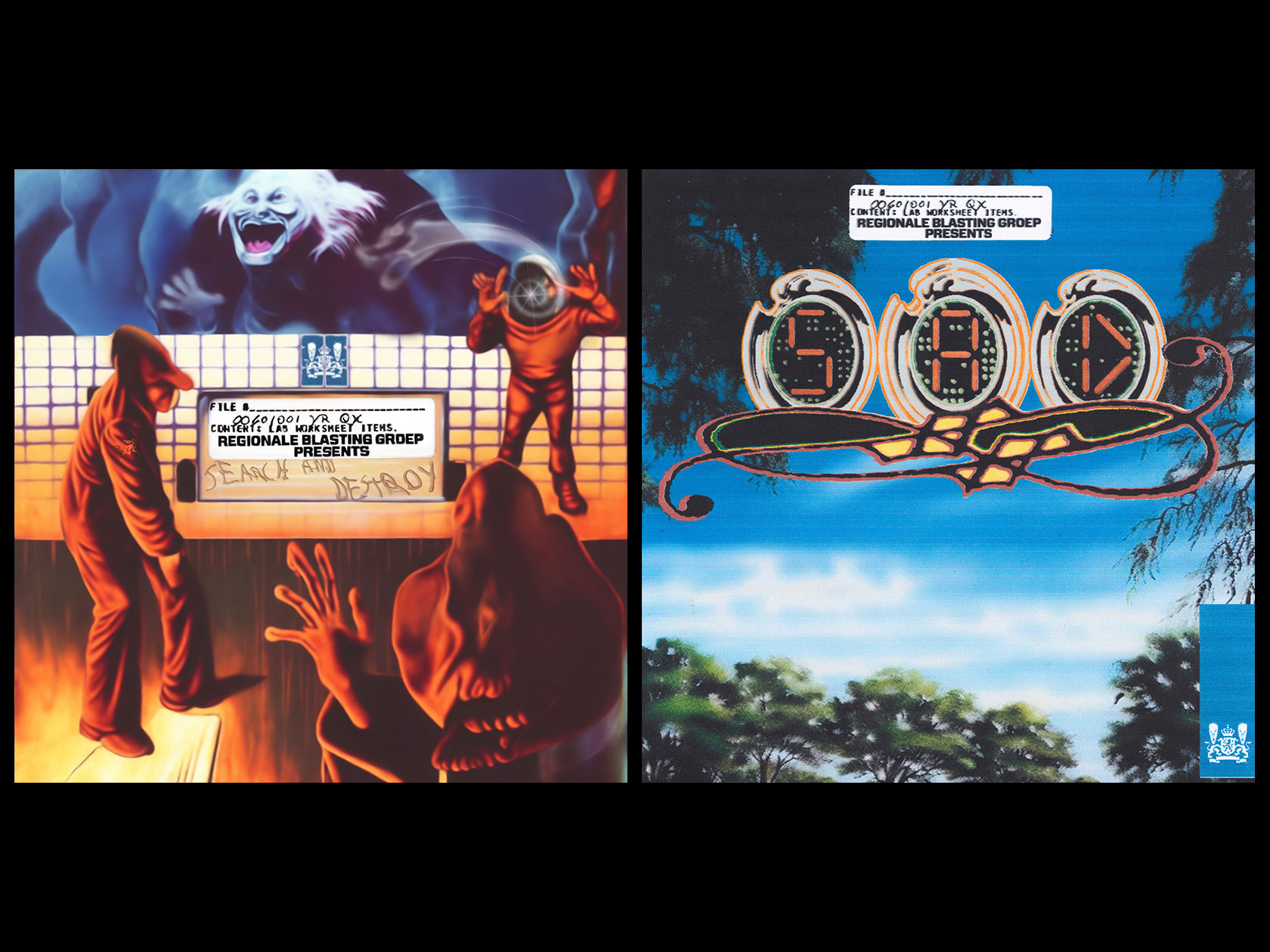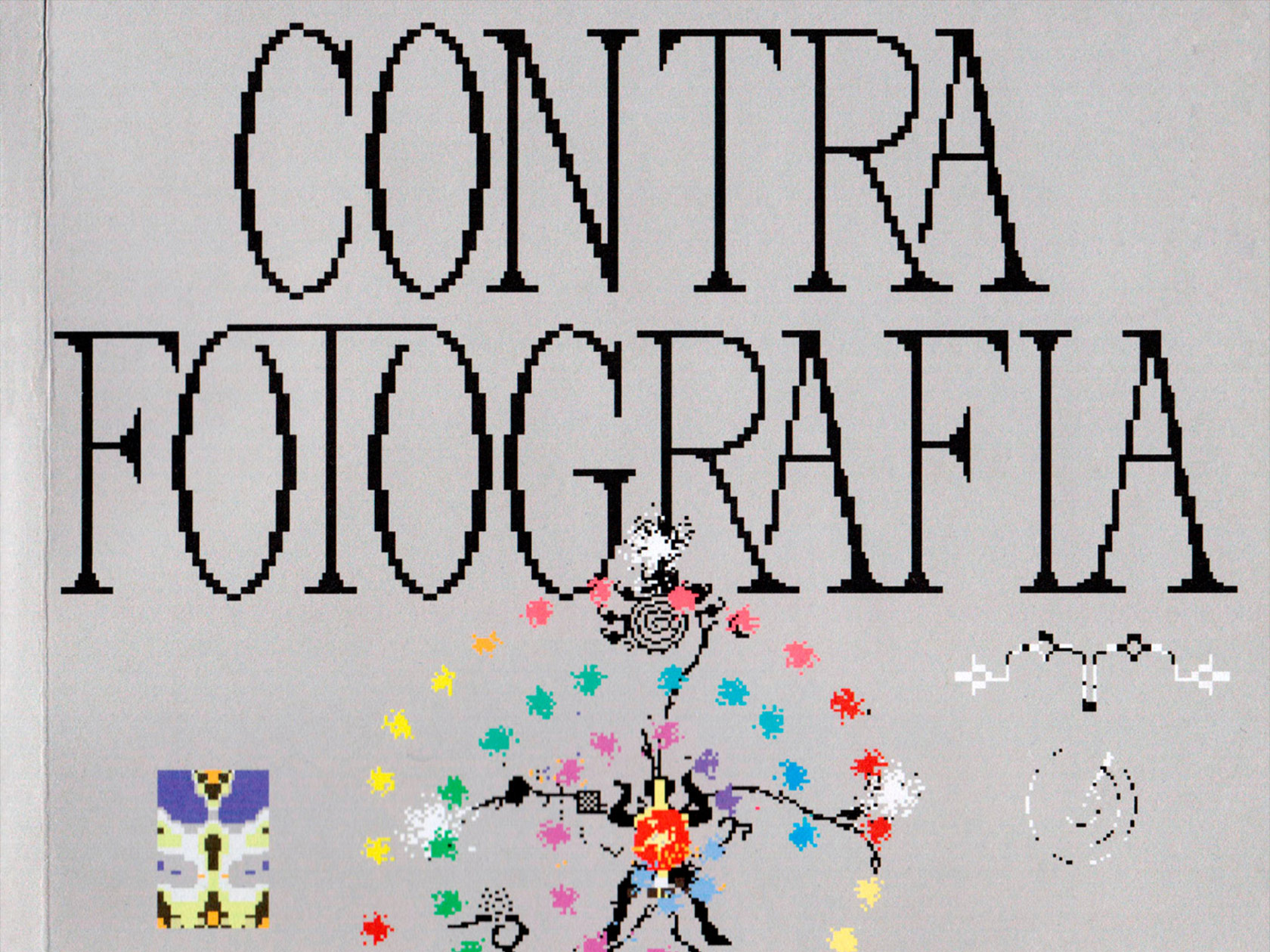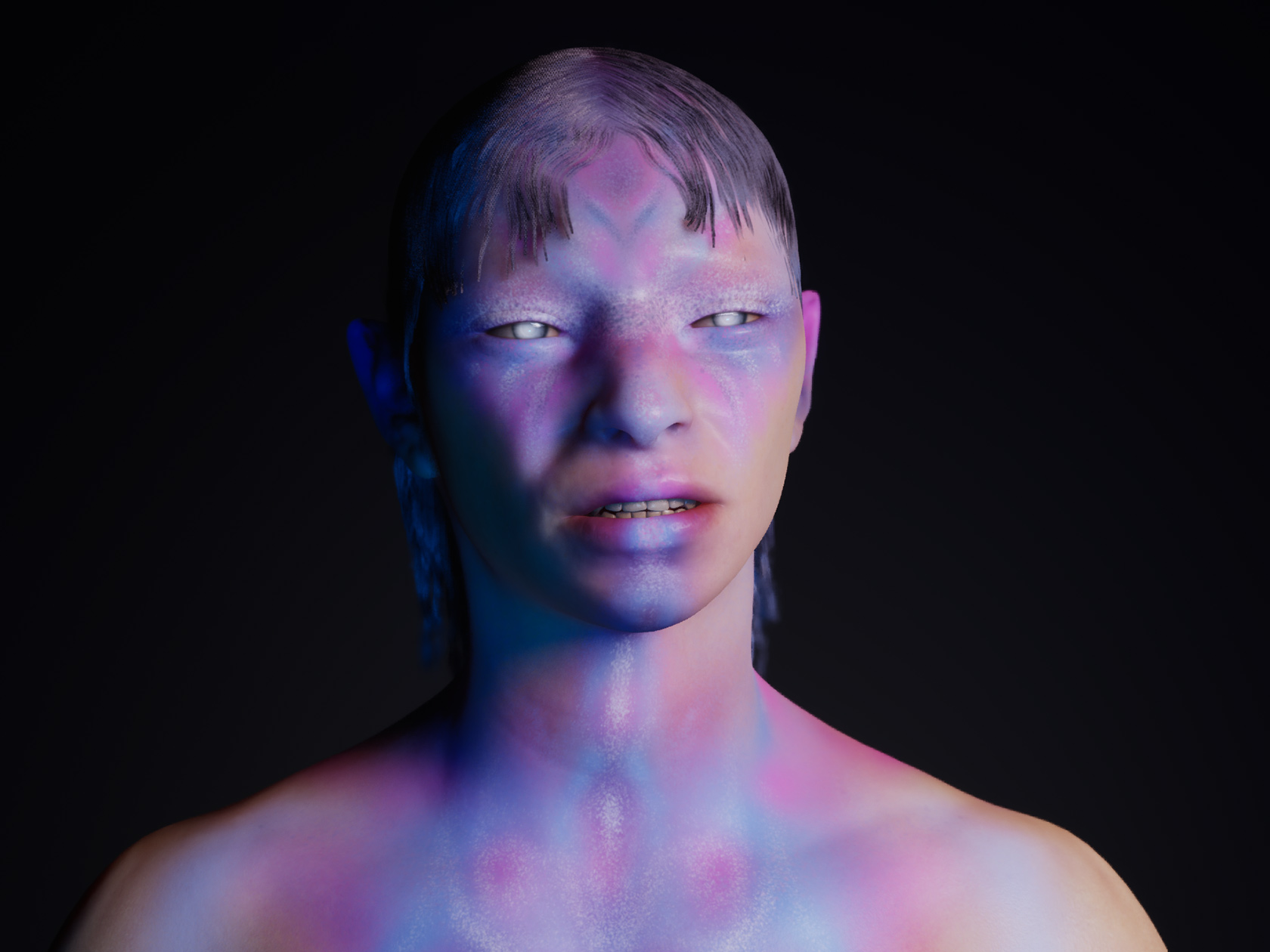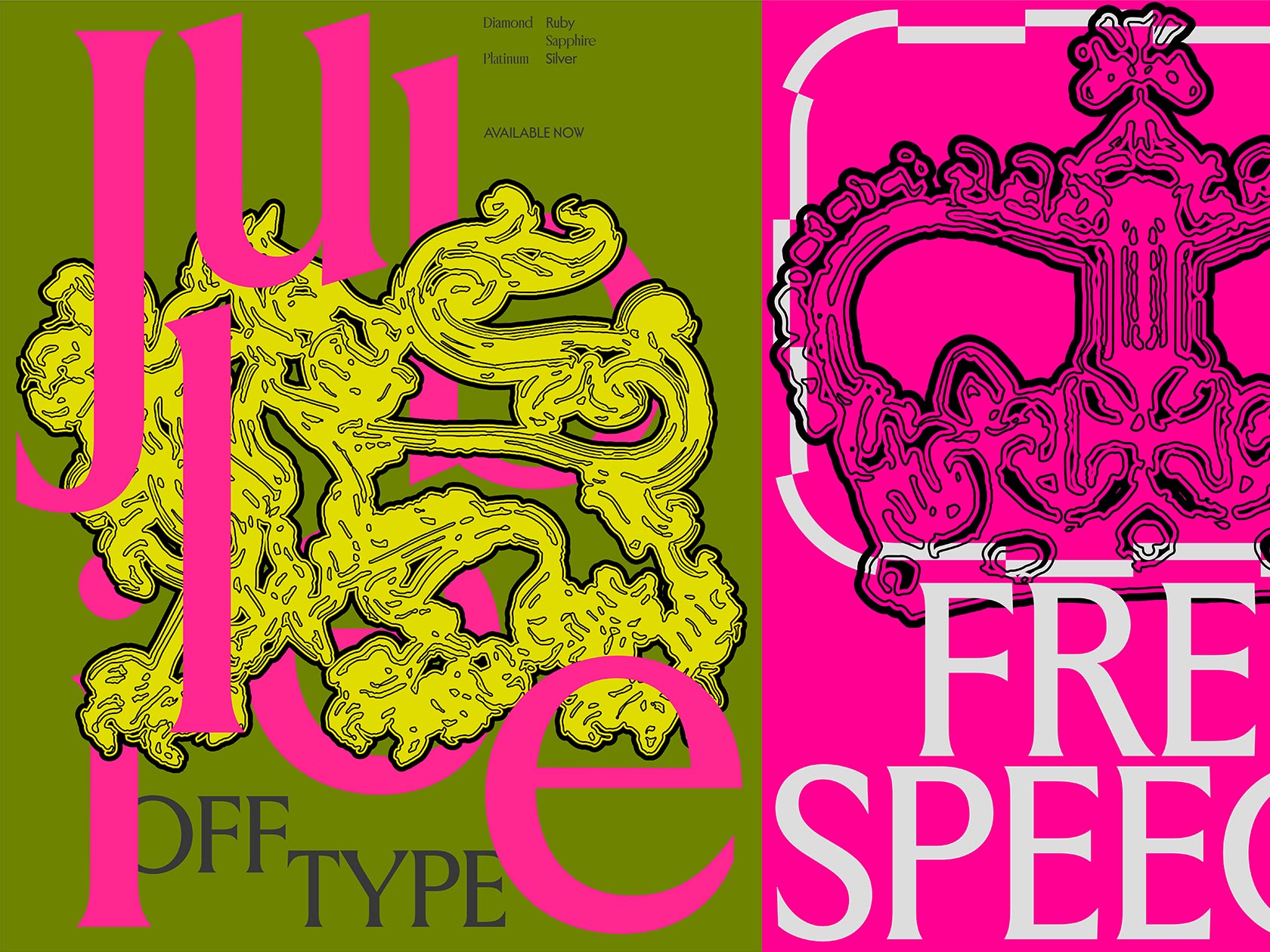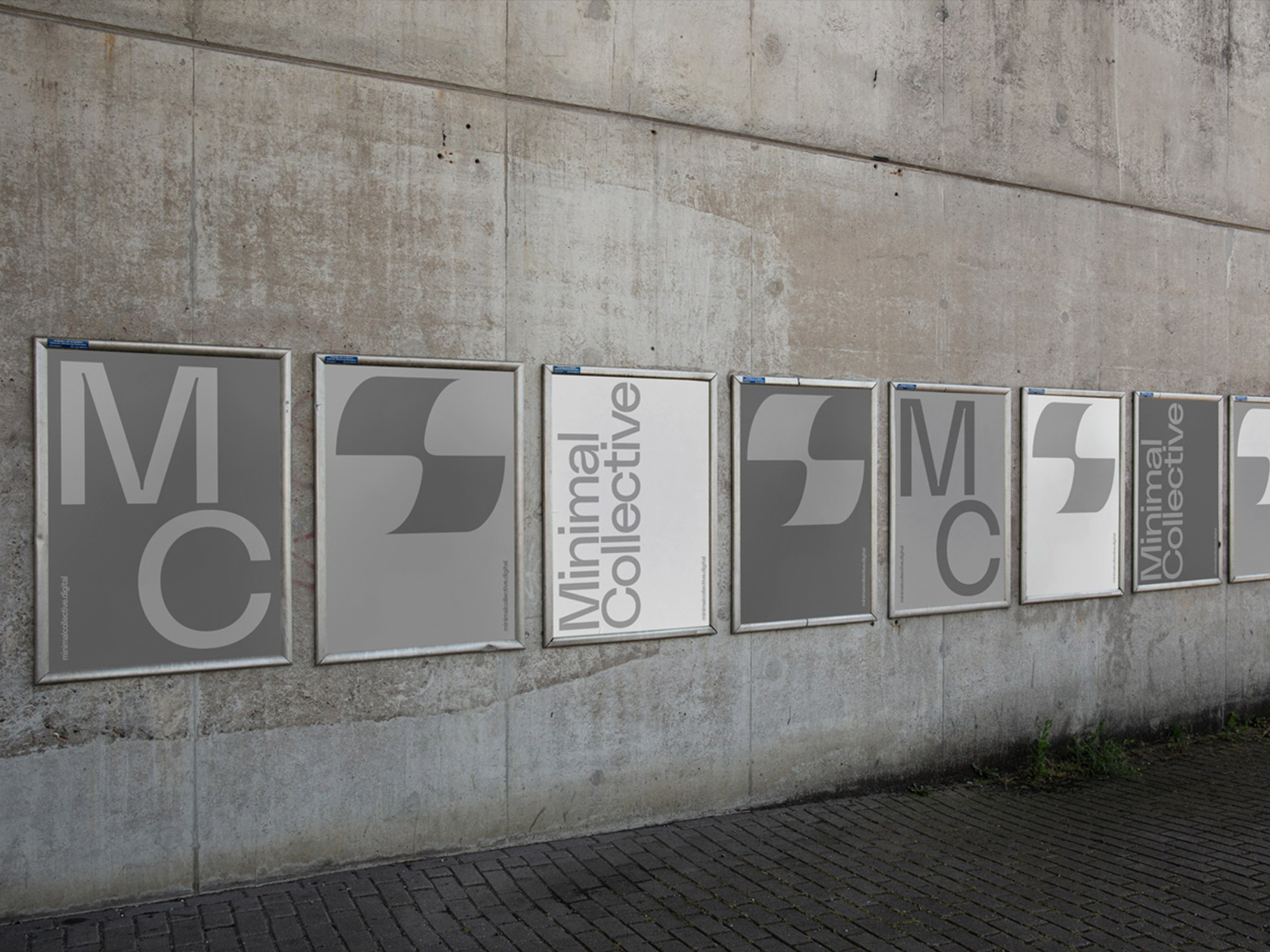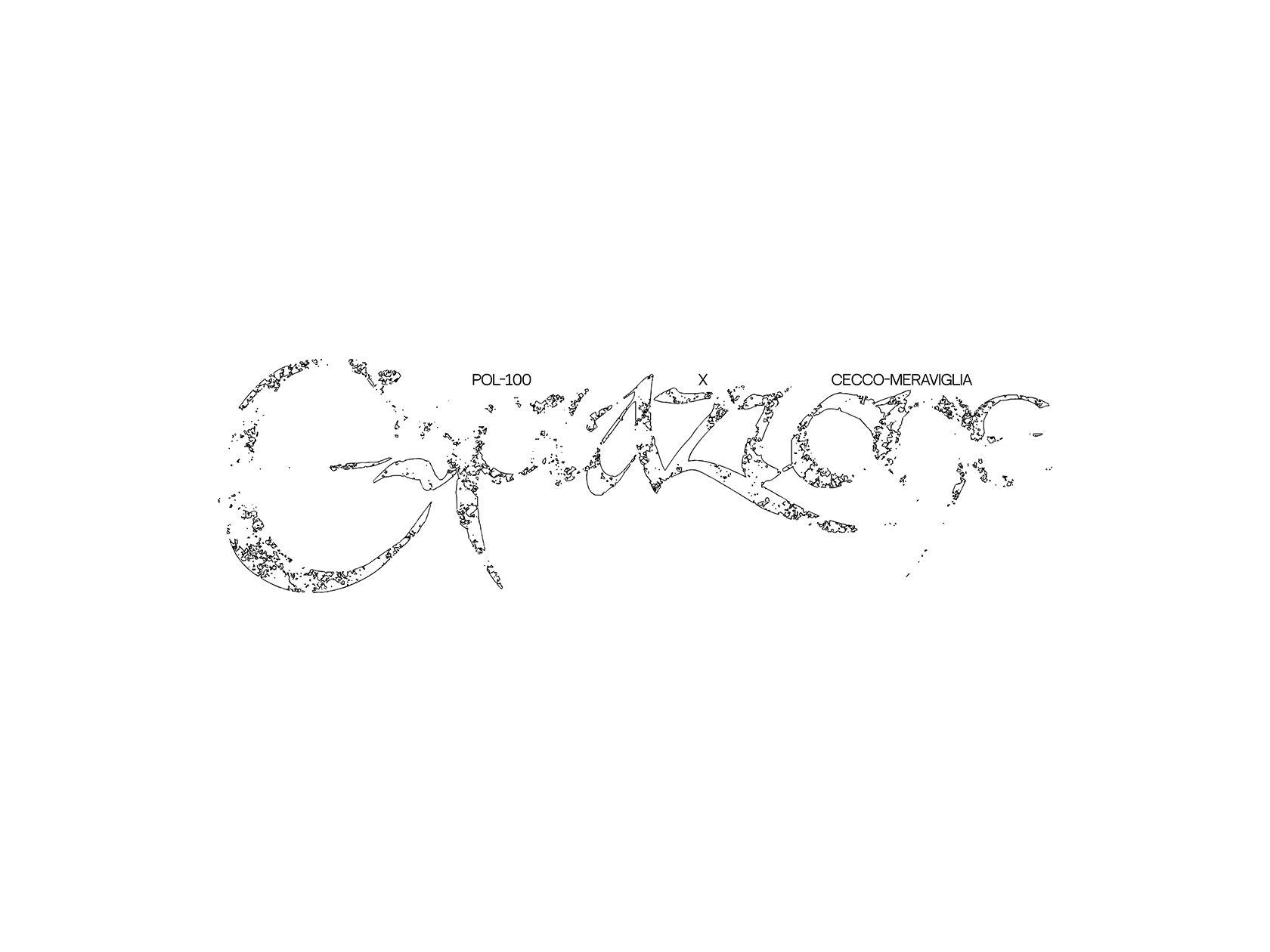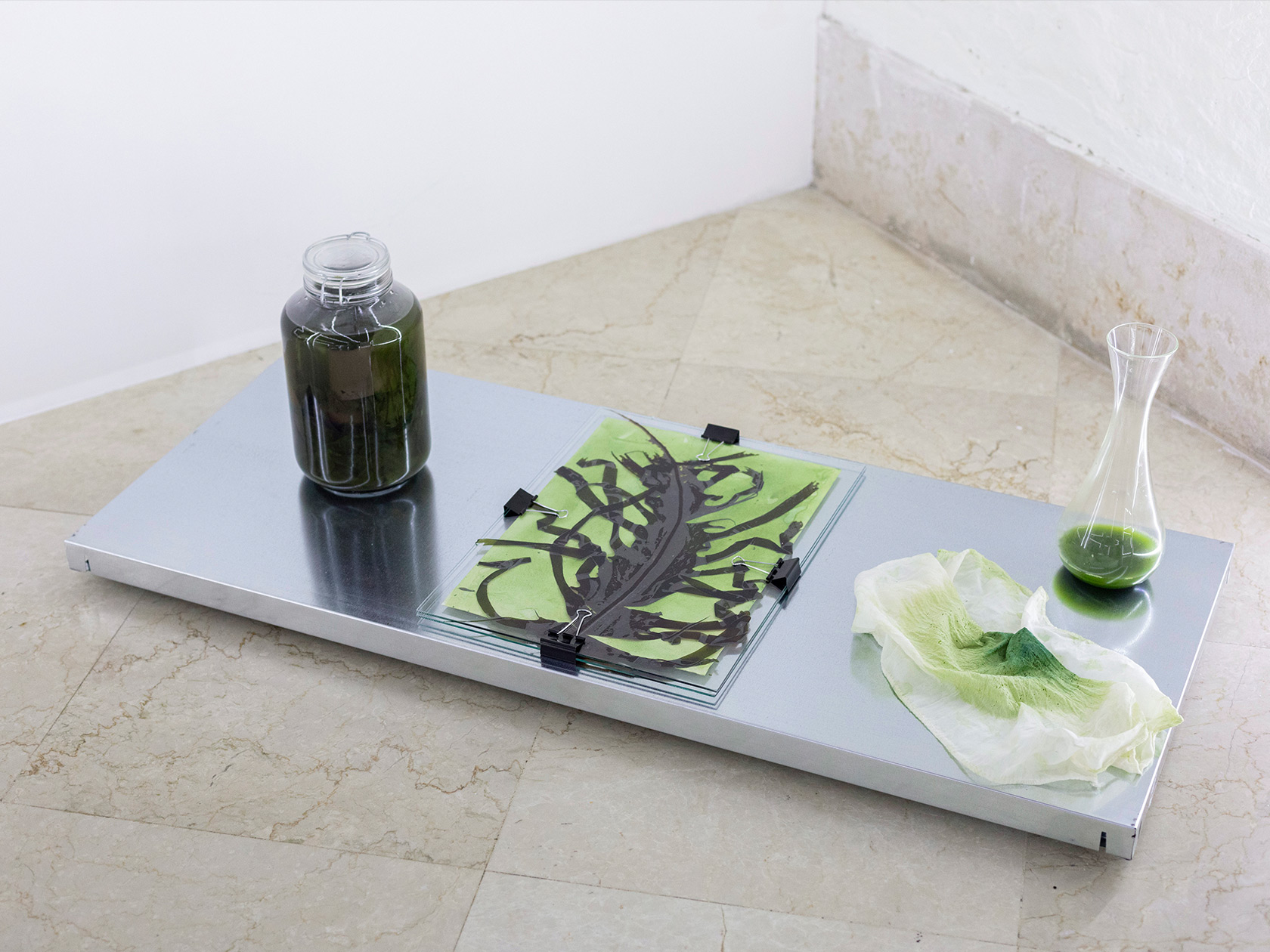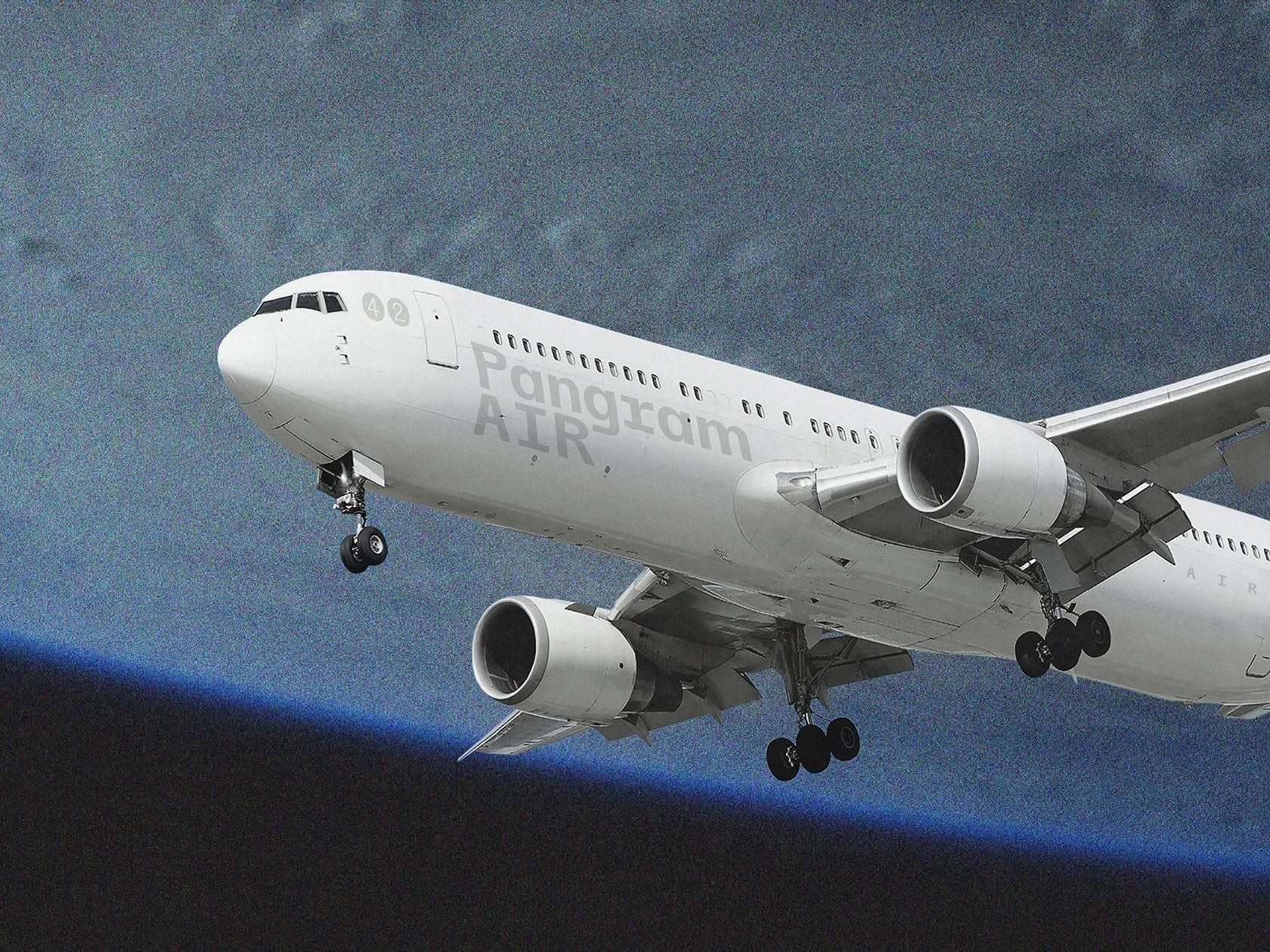“Every new project and every satisfied client gives us more confidence to trust in our intuition,” says Maria Milenko, one of the co-founders of Copenhagen-based branding and visual communication studio HUGMUN. Founded with Tomasz Pawluk in 2015, the independent design studio puts collaboration at its core to create meaningful, sustainable, and enjoyable brands. Having completed work for a diverse array of clients, such as The Farm Society™, EnKō Beauty, Fritz Kola, and Radio 357, the studio has built an impressive portfolio spanning visual identities, art direction, and illustration. Consisting only of Maria, Tomasz, and their project manager Harriet Elsom, the small team has built a network of collaborators from different disciplines to tackle more complex projects.
Meeting at university in Poland, both Maria and Tomasz went onto work for different agencies before going out on their own. Craving a little more independence, they launched their first business, a fashion brand for hand-made harnesses. Unfortunately, due to the lack of sustainable materials at that time, the business had to close down. But, determined to keep going, the creative duo has not let this experience prevent them from founding their own design studio. “Each of these experiences—working for established studios and creating our own product—gave us great insights into the industry and how to build a brand,” Tomasz tells C24.
There’s always a bit of trial and error involved when striving to find your unique, creative voice. That’s why the duo makes sure to use a wide mix of different tools and techniques to try new approaches. “We believe that there’s no easy way of finding your style. It’s constant work,” Maria concludes.
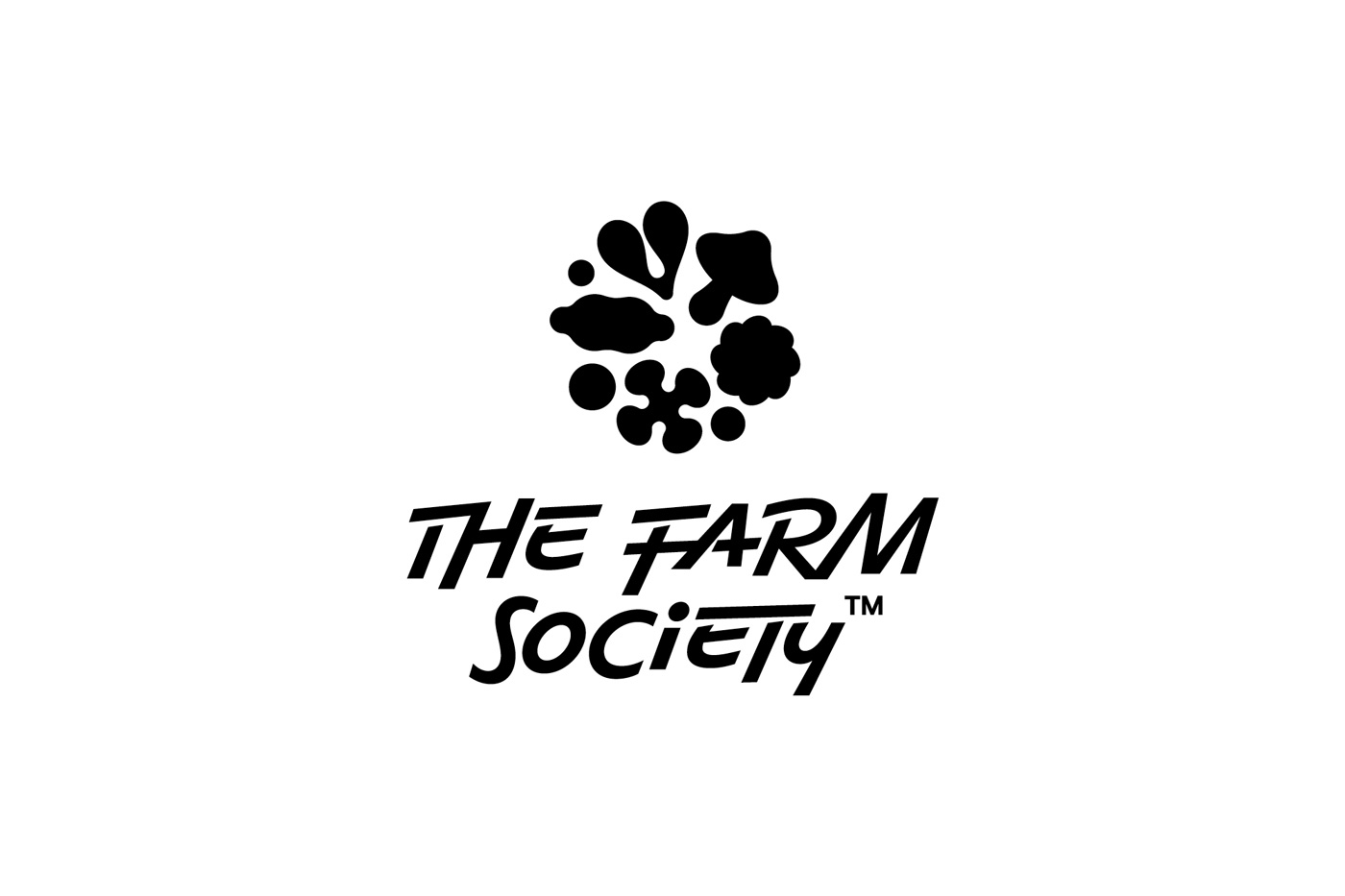
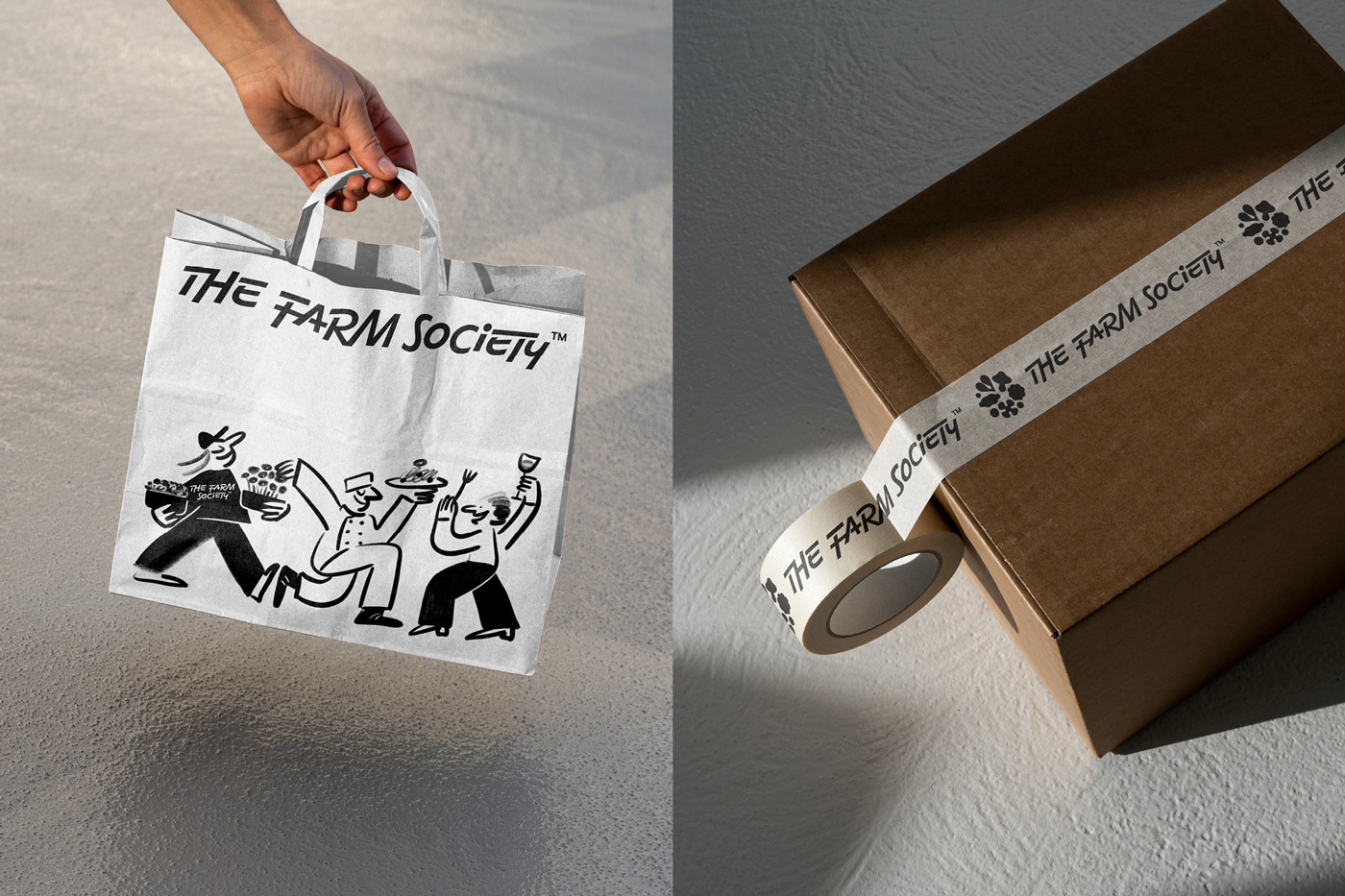
In 2022, HUGMUN designed a playful identity for the agri-tech company The Farm Society™ that develops solutions for urban and Controlled Environment Agriculture (CEA) and is dedicated to solving the long transportation problem in farming. By using soilless indoor systems and artificial light, the company produces vegetables, greens, herbs, and mushrooms that are delivered free of charge by e-car to local restaurants and businesses. “Whilst technology plays a huge part in their work, there’s a lot of care that goes into the growth of their beautiful veggies,” Tomasz explains. Set in the handwriting-style font Kass, the wordmark comes with an illustrated icon inspired by the company’s products. The loosely-drawn, lovable illustrations by Maria add a human touch to the brand and tell its story. “People can identify with the characters that are simply happy about delivering something valuable—fresh, sustainable food,” she tells us.
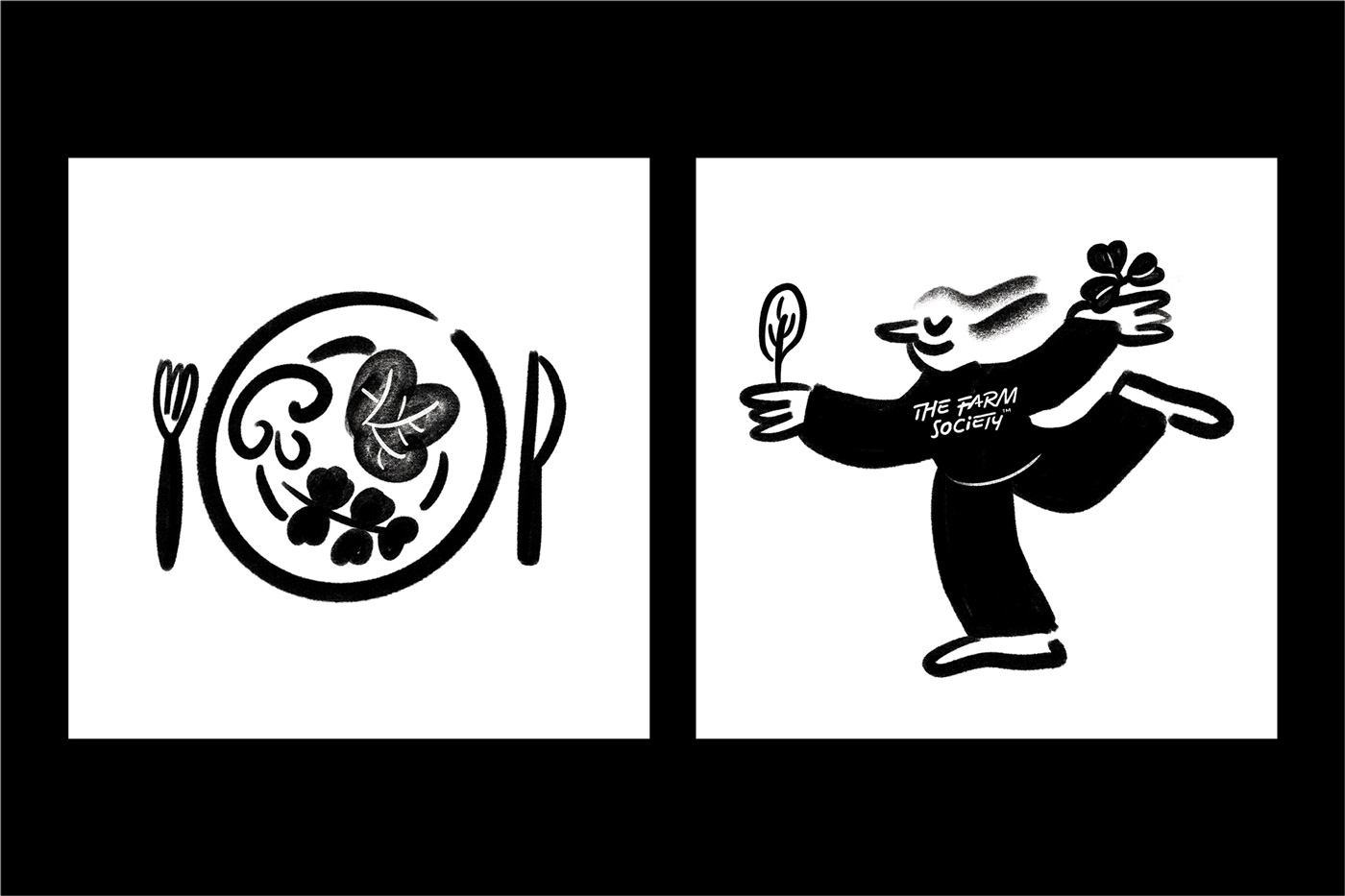
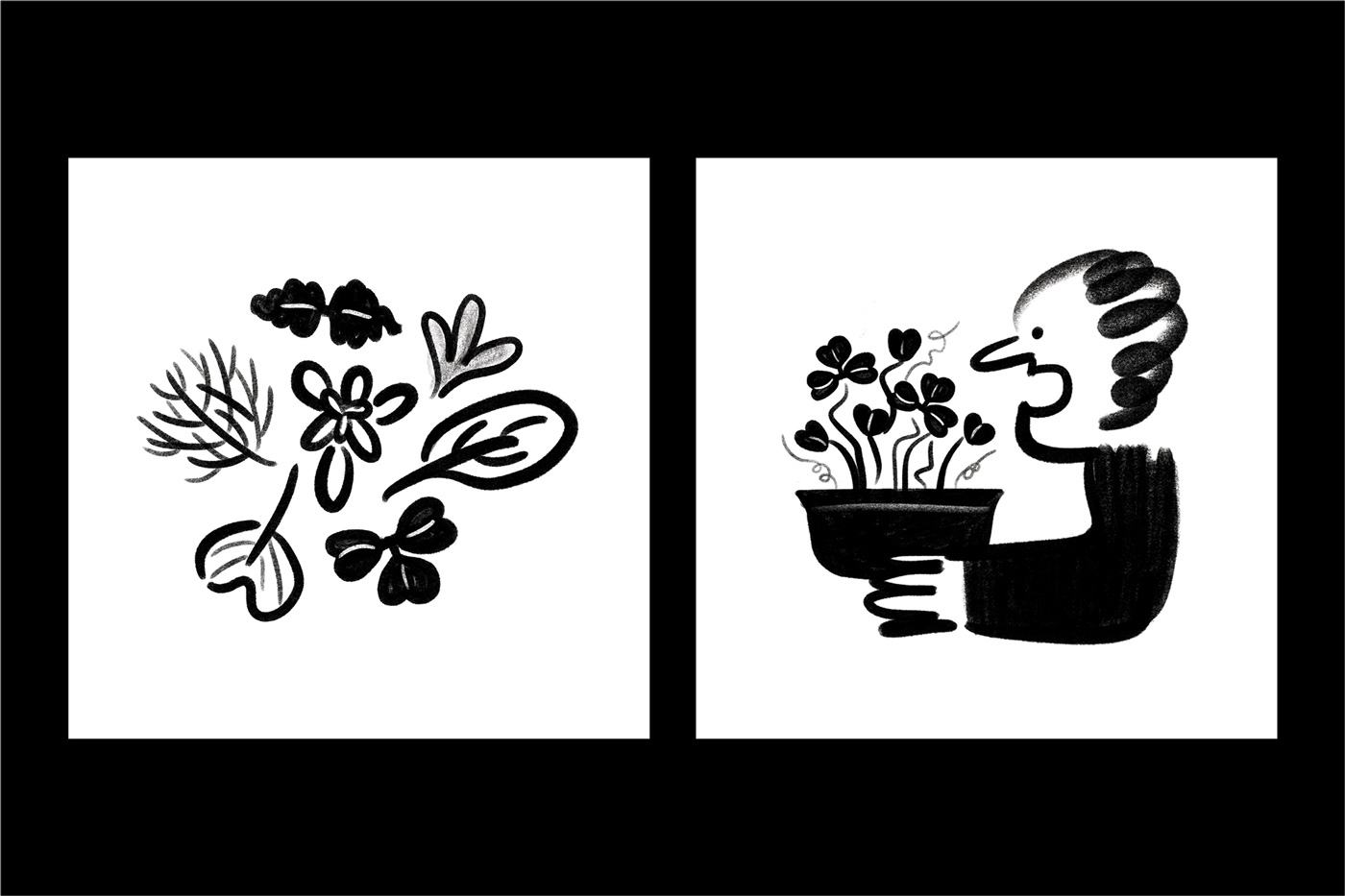
For the avant-garde beauty brand EnKō by make-up artist Caylin McDonie, HUGMUN introduced an extravagant custom typeface across the identity. Just like the brand name, “Rabbit Hole” is inspired by Japanese folklore and represents Caylin’s artistry through its flowing, organic shapes. Working with a refreshingly mystical, surreal vibe, metallic and holographic textures represent the brand’s product palette.
Together with visual artist Zuzanna Kolodiej and animator Marek Degórski, the studio collaborated on a 3D face mask hinting at the rise of face filters and digital makeup. Printed by Marceli, the beautiful packaging comes with a blind deboss and black letterpress on Carte à Parfum paper by Fedrigoni.
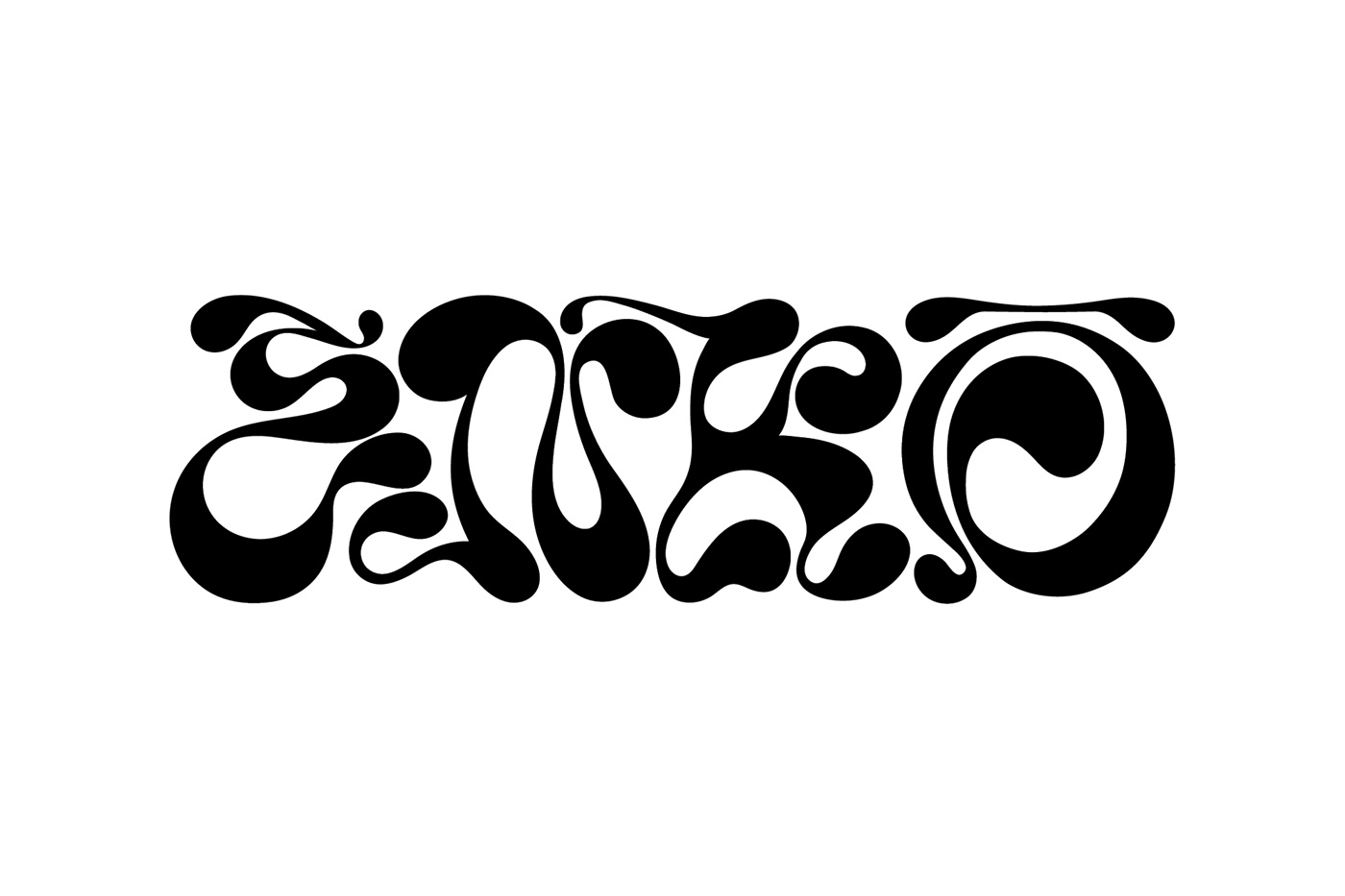
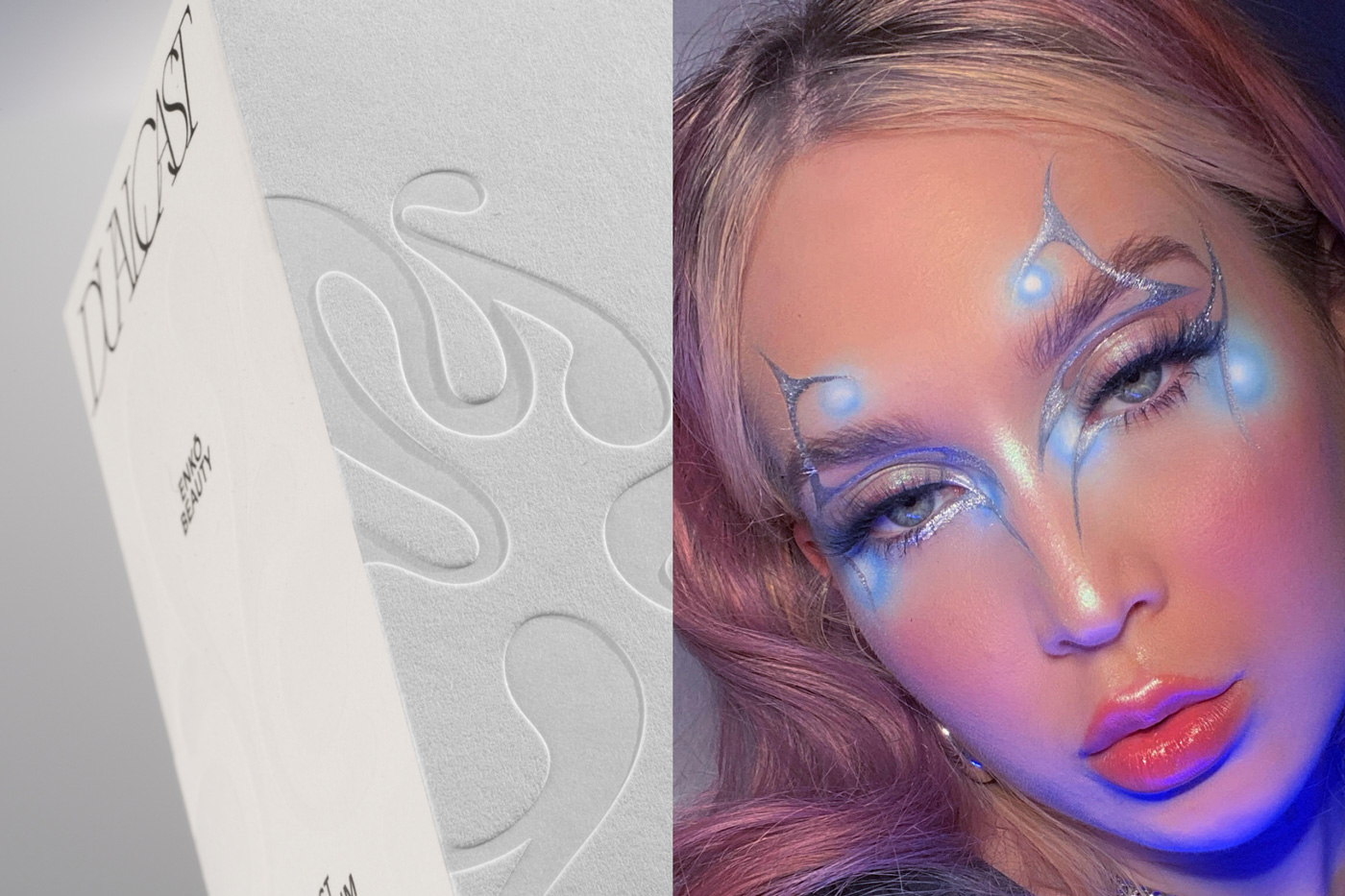
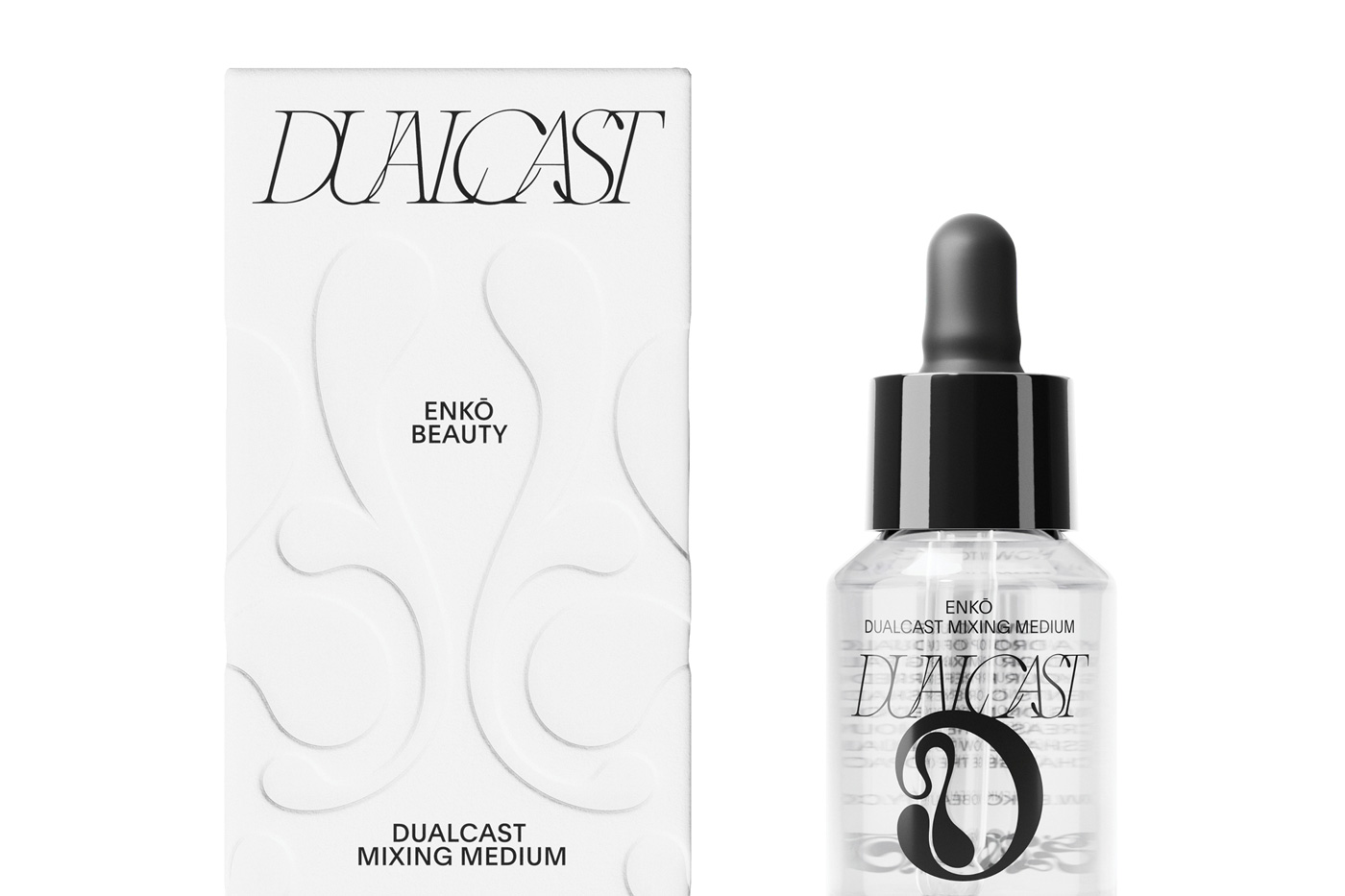
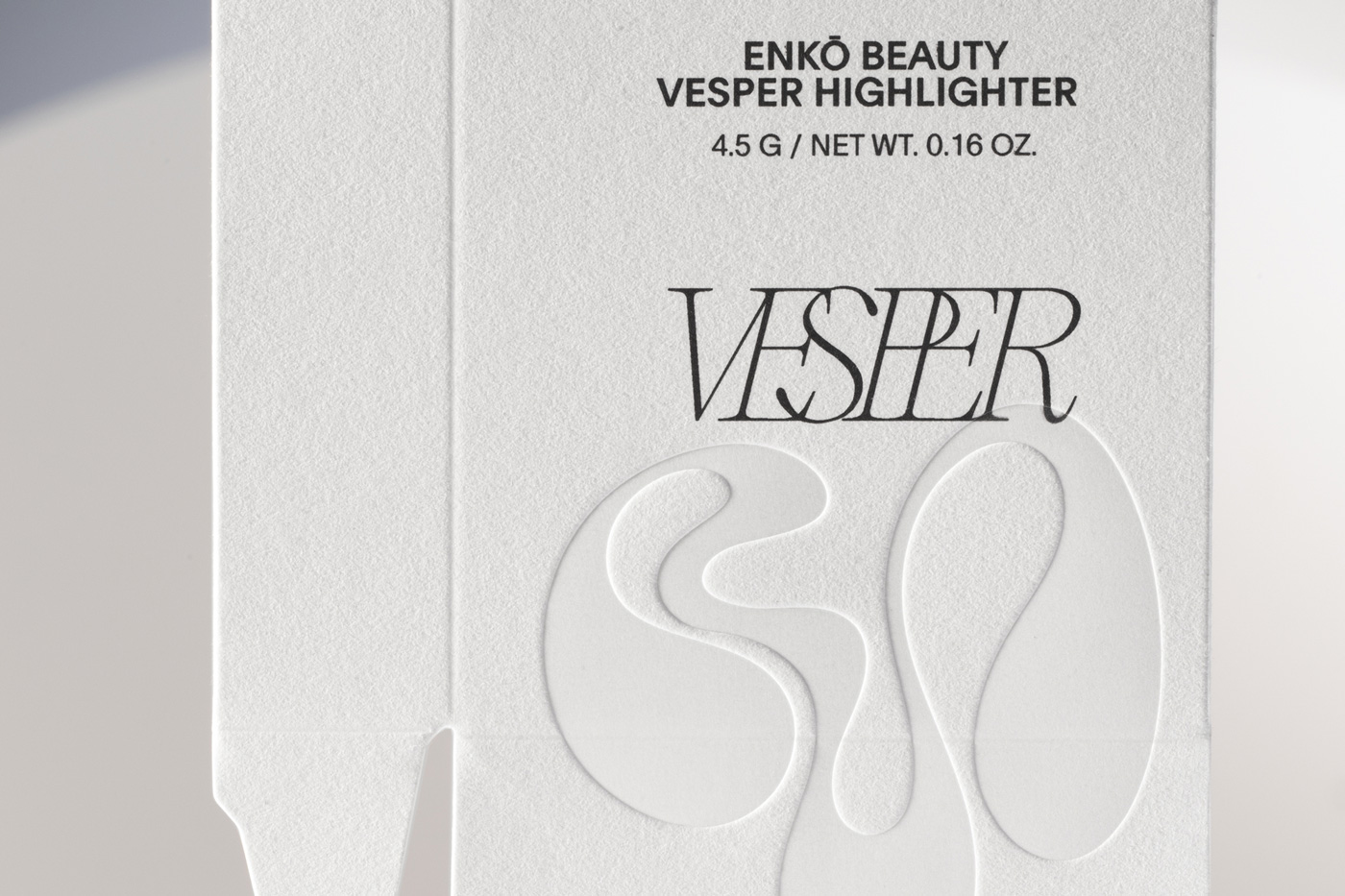
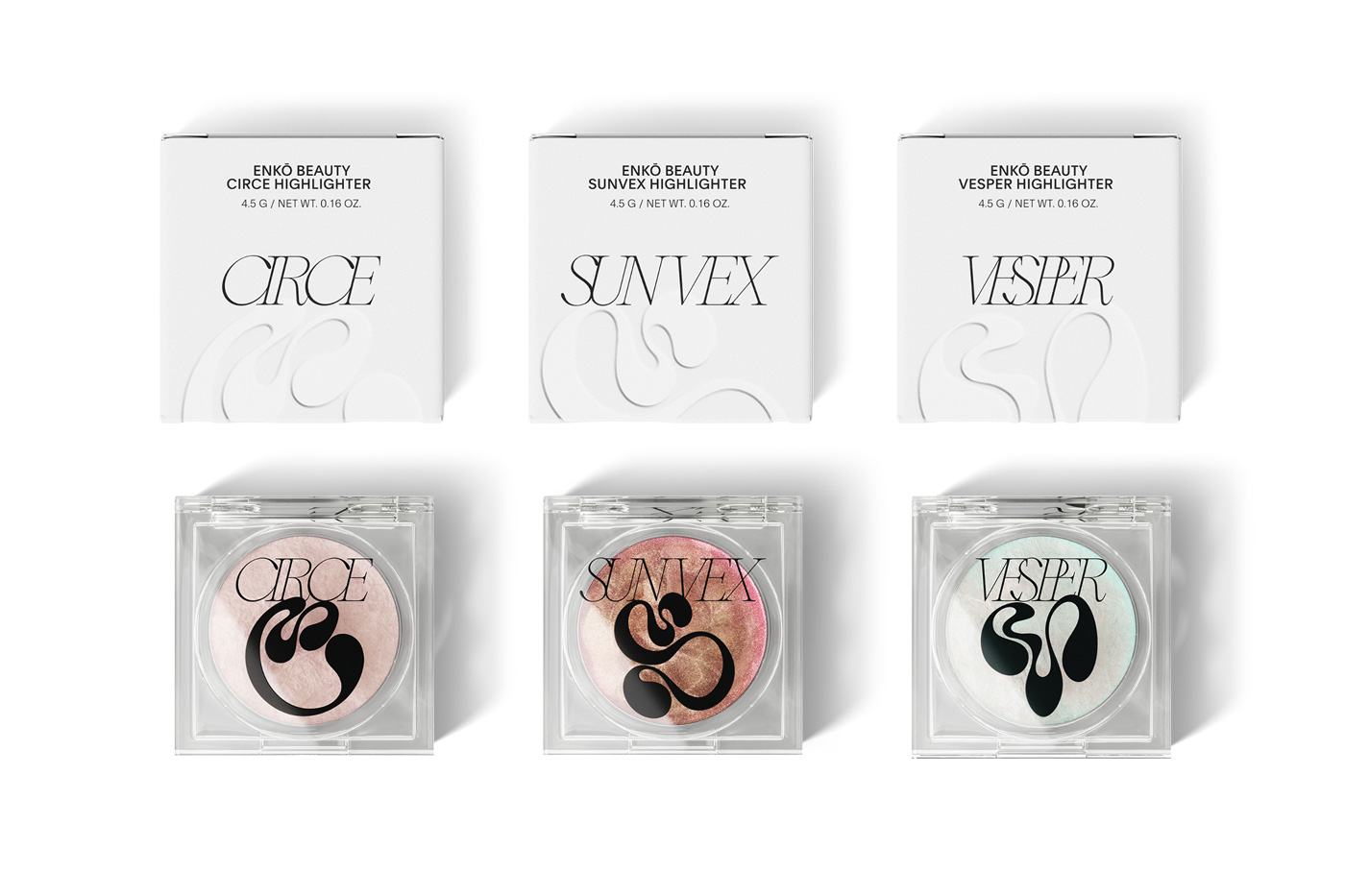
This has not been HUGMUN’s first time working for a client from the beauty and makeup industry. Apart from upcoming projects with Oio Lab and Botnia Skincare, the studio has been responsible for the minimalistic, yet artistic visual identity of the sustainable skincare brand MURRĒ since 2020. Inspired by MURRE’s dedication to ingredients, Maria and Tomasz created a set of 3D sculptures in collaboration with Marek Degórski which appears across the brand, from the packaging to the website.
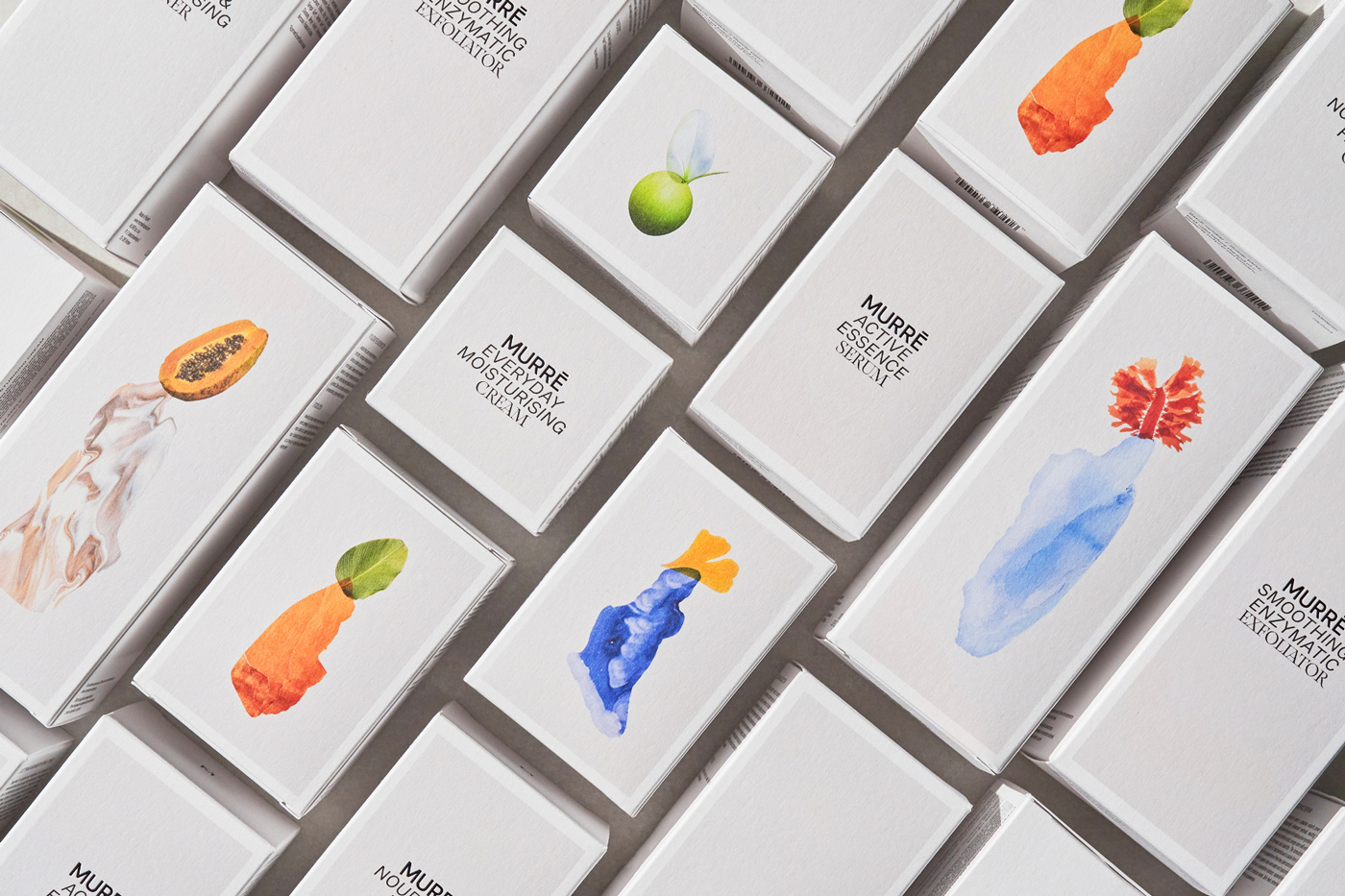
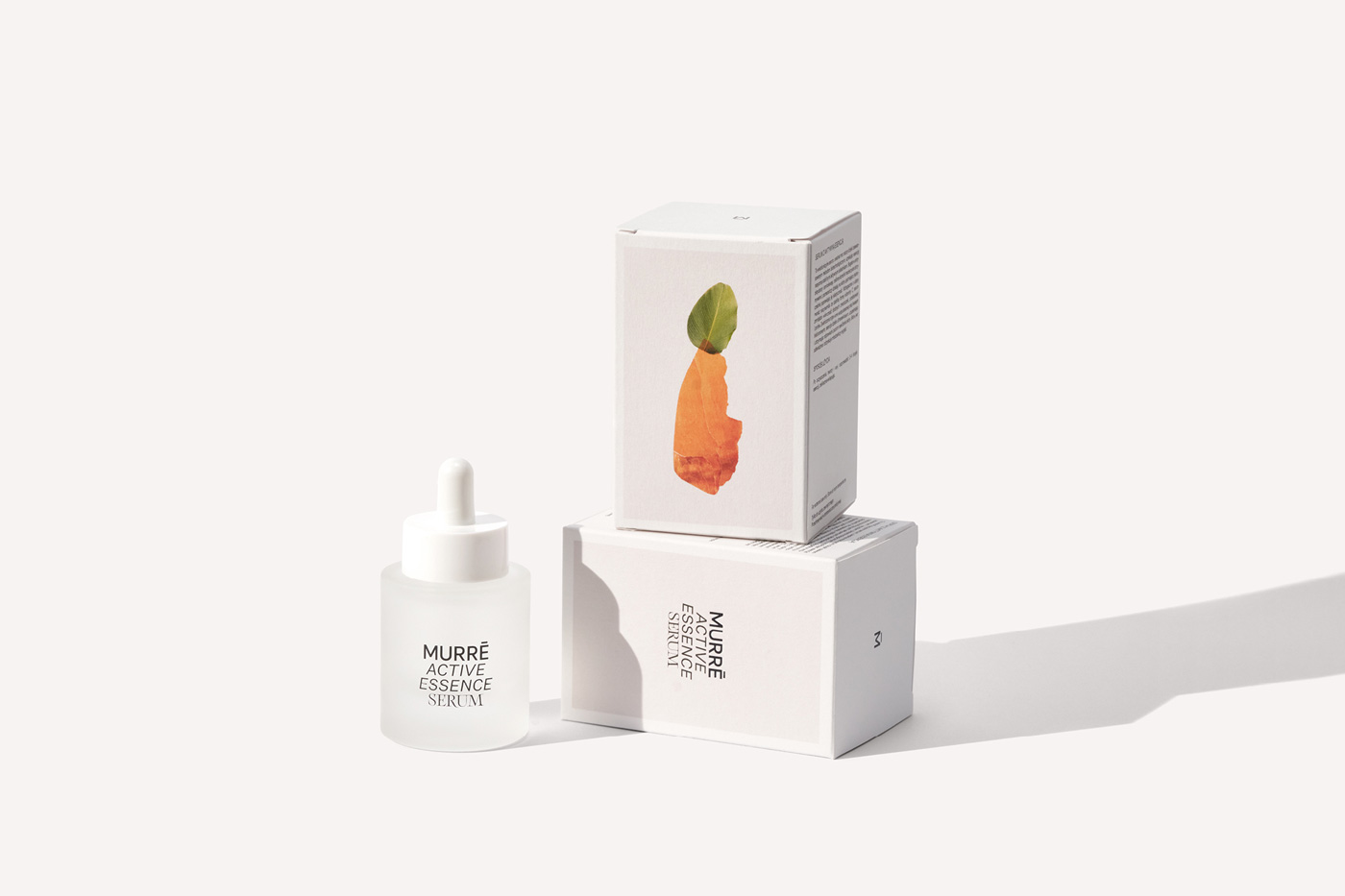
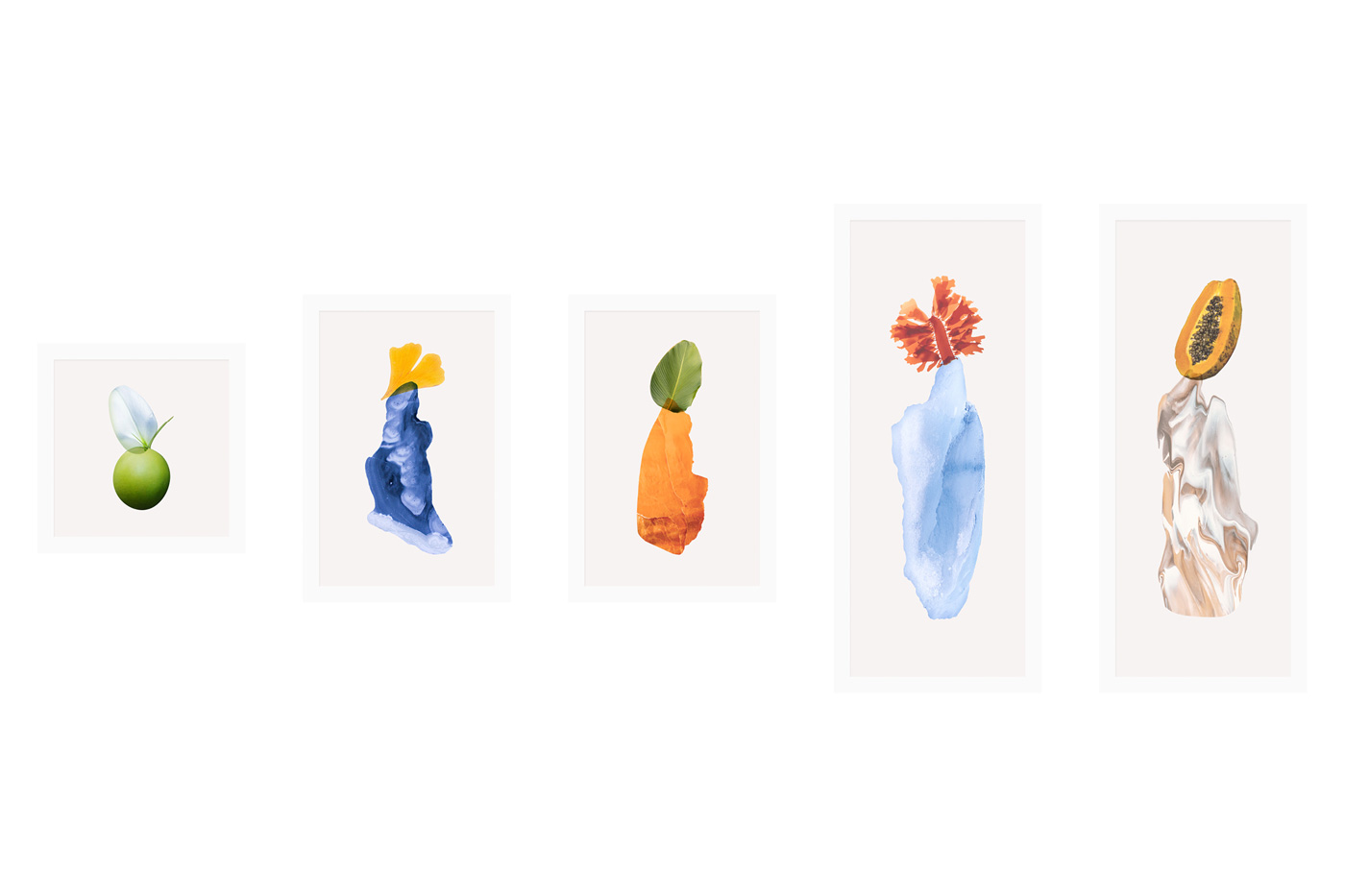
With Maria specializing in illustration and Tomasz leaning toward typography, both bring different sets of skills to their projects. “For a few years, our team was only the two of us, but sometimes, two heads are not enough to tackle more complex projects. That’s why we try to collaborate with other designers on almost every project,” Maria concludes. In collaboration, they find creative freedom and the flexibility to realize bigger projects. Tomasz adds: “At the beginning, we simply couldn’t execute some of our ideas. The project would not have turned out the way we’d hoped. Back then, we would often talk about how, someday, we would be able to work with other people—illustrators, graphic designers, photographers—that are a perfect fit for the project. We really appreciate that this is possible now.”

